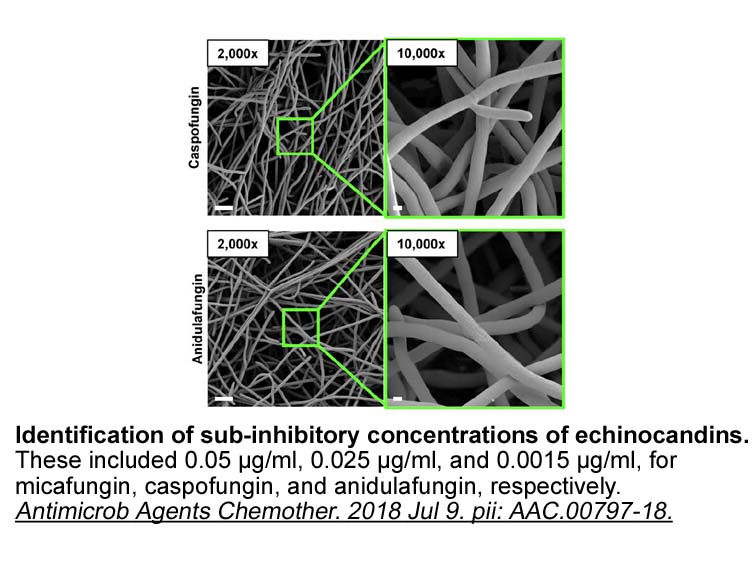Archives
NVP 231 Comparison of the GLUT positive plus ACLY negative g
Comparison of the GLUT1-positive plus ACLY negative group with the GLUT1-negative plus ACLY positive group indicated no significant difference with respect to disease-free survival and overall survival. However, some obvious differences in histological types were found in their formation. A previous report showed that the mechanisms of glucose metabolism might differ between adenocarcinoma and squamous cell carcinoma in NSCLC [16]. In the future, whether different mechanisms of lipid metabolism in NSCLC are associated with different histological types should be verified.
Conclusion
In summary, this study provides evidence that co-expression of GLUT1 and ACLY indicates poor clinical outcome in node-negative NSCLC. The combined status of metastatic NVP 231 could be a more valuable prognostic marker than the status of each individual gene in node-negative patients with NSCLC. Since this study was an exploratory study, our results warrant further investigation and require independent validation. Several studies have recently addressed the relationship between the maximum standardized uptake value (SUVmax) and outcome in NSCLC [33], [34]. Additionally, it has been reported that the amount of 18F-FDG accumulation is associated with molecules relevant to glucose metabolism, hypoxia, angiogenesis and the PI3K/AKT/mTOR signaling pathway [35]. In the future, based on this evidence, we intend to investigate the molecular basis of 18F-FDG uptake in relation to lipogenic genes in NSCLC patients by each histological subtype. We consider that the current study provides the basis for carrying out such a study.
Conflict of interest statement
Acknowledgements
Cardiovascular disease remains one of the leading causes of morbidity and mortality in developed countries with hypercholesterolemia contributing as a major risk factor. Multiple clinical trials in dyslipidemic patients have shown that aggressive LDL cholesterol lowering can achieve significant reduction of coronary artery disease (CAD) events. However, there is growing evidence that correlates CAD with many other independent risk factors such as diabetes, obesity, low HDL, and high triglyceride levels., Thus, new therapeutic agents that can treat multiple risk factors continue to be an area of intensive medical research. ATP-citrate lyase (ACL) is an extramitoc hondrial enzyme that is expressed in lipogenic tissues such as liver and adipose. Since ACL is the primary enzyme responsible for the production of cytosolic acetyl-CoA, a precursor required for de novo biosyntheses of cholesterol and fatty acids, inhibition of ACL has the potential to reduce cholesterol and triglyceride levels and possibly exert an impact on obesity via reduction of lipogenic factors., ,
There are several literature reports of ACL inhibitors () including (−)-hydroxycitrate () (=0.15μM) and the succinic acid derivative (=1.0μM)., , , , However, in a HepG2 cell-based assay both compounds showed no inhibitory activity of lipid synthesis at concentrations up to 100μM, probably due to poor cell-permeability of these polar compounds. When tested as its lactone, prodrug , compound exhibited 82–91% inhibition of cholesterol and fatty acid syntheses at 30μM. Oral treatment with in chow fed rats also showed a decrease in plasma cholesterol and triglyceride levels.
In an attempt to identify a cell-permeable ACL inhibitor, a high throughput screen of our internal compound collection was initiated. The primary goal was to identify an orally active tool compound that could be used to evaluate the efficacy potential of ACL inhibition in an animal model. Through these efforts, the 2-hydroxy--arylbenzenesulfonamide was identified as a modest inhibitor of ACL (IC=1.1μM). Subsequent similarity deck mining of the compound collection based on the 2-hydroxy--phenylbenzenesulfonamide pharmacophore identified an additional 50 analogs for testing, of which 11 showed greater than 50% inhibition at 10μM. IC values are depicted in ., The SAR trend was unremarkable based on this limited set of compounds, with the exception of the 2-substituted anilines (i.e., compounds , , or ) which appeared to be more potent than other analogs in the set. Among them, compound was the most potent with an IC of 0.13μM.
hondrial enzyme that is expressed in lipogenic tissues such as liver and adipose. Since ACL is the primary enzyme responsible for the production of cytosolic acetyl-CoA, a precursor required for de novo biosyntheses of cholesterol and fatty acids, inhibition of ACL has the potential to reduce cholesterol and triglyceride levels and possibly exert an impact on obesity via reduction of lipogenic factors., ,
There are several literature reports of ACL inhibitors () including (−)-hydroxycitrate () (=0.15μM) and the succinic acid derivative (=1.0μM)., , , , However, in a HepG2 cell-based assay both compounds showed no inhibitory activity of lipid synthesis at concentrations up to 100μM, probably due to poor cell-permeability of these polar compounds. When tested as its lactone, prodrug , compound exhibited 82–91% inhibition of cholesterol and fatty acid syntheses at 30μM. Oral treatment with in chow fed rats also showed a decrease in plasma cholesterol and triglyceride levels.
In an attempt to identify a cell-permeable ACL inhibitor, a high throughput screen of our internal compound collection was initiated. The primary goal was to identify an orally active tool compound that could be used to evaluate the efficacy potential of ACL inhibition in an animal model. Through these efforts, the 2-hydroxy--arylbenzenesulfonamide was identified as a modest inhibitor of ACL (IC=1.1μM). Subsequent similarity deck mining of the compound collection based on the 2-hydroxy--phenylbenzenesulfonamide pharmacophore identified an additional 50 analogs for testing, of which 11 showed greater than 50% inhibition at 10μM. IC values are depicted in ., The SAR trend was unremarkable based on this limited set of compounds, with the exception of the 2-substituted anilines (i.e., compounds , , or ) which appeared to be more potent than other analogs in the set. Among them, compound was the most potent with an IC of 0.13μM.